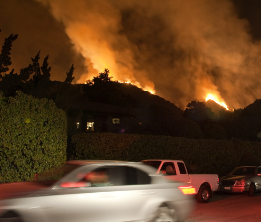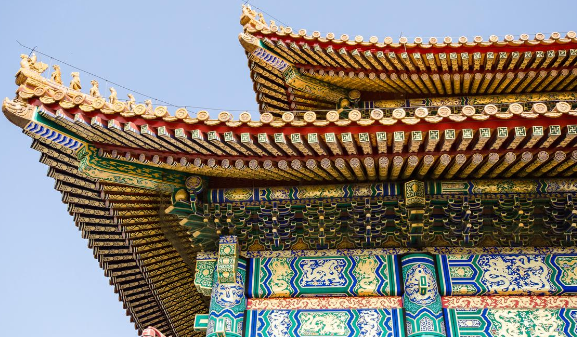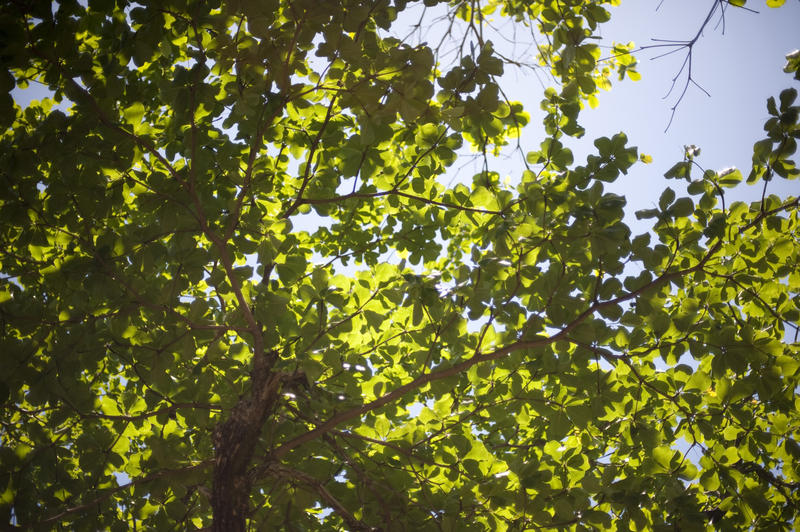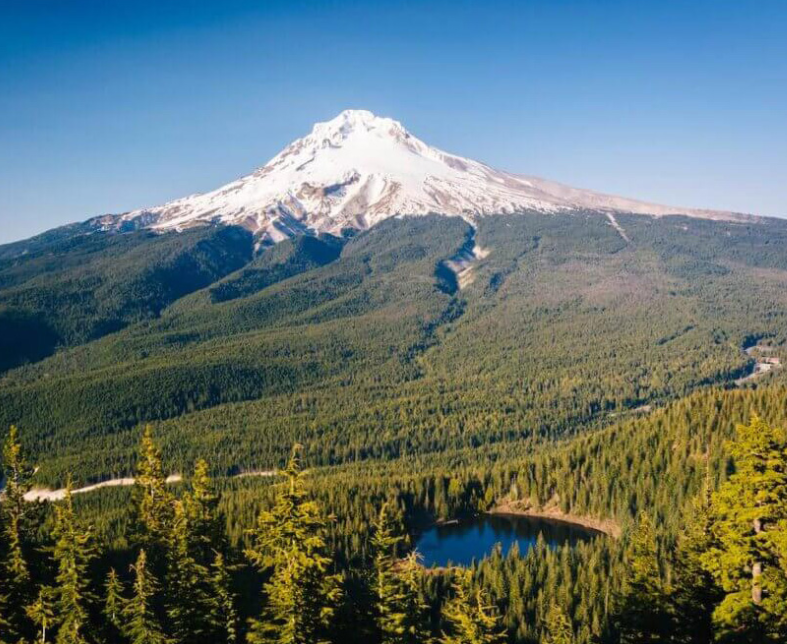Monarch butterflies are some of the most fascinating and recognizable insects around thanks to their bright orange and black wings and their incredible migratory journey. These butterflies go through an amazing transformation in their life cycle, and their migration is one of nature’s most impressive feats. The life cycle of a monarch starts when a female lays her eggs on a milkweed plant. These eggs hatch into tiny caterpillars, which are yellow, black, and white-striped eating machines. They munch on milkweed leaves, growing quickly before forming a chrysalis. Britannica stated, “Inside this chrysalis, they undergo a complete transformation, emerging as beautiful adult butterflies about 10-14 days later.” This is common for butterflies; what sets monarchs apart is their migration.
Each year, they travel up to 3,000 miles from North America to central Mexico, with some heading to coastal California. What’s incredible is that no single butterfly makes the whole trip. Instead, it takes about four generations to complete the journey. The first three generations live for a few weeks, traveling part of the distance and reproducing along the way. The fourth generation, known as the “super generation,” lives much longer, about six to eight months. These butterflies make the long trip to Mexico, spend the winter there, and then start the journey back North in the spring. Monarchs navigate using environmental cues like temperature, daylight, and the position of the sun. They even have a special genetic trait that helps them find their way over long distances. Scientists believe they use a combination of a sun compass and an internal clock to keep their bearings. Unfortunately, monarch butterflies face a lot of challenges and as of December 11, 2023, they have been put on the endangered list once again.
Habitat loss from agriculture and urban development, especially in their overwintering sites in Mexico, is a big problem. The widespread use of herbicides and pesticides has also reduced the amount of milkweed and other nectar plants they rely on. Plus, climate change is messing with their migration patterns and the timing of their life cycle events. To help save monarchs, we need to focus on conservation efforts. This includes protecting and restoring their habitats, planting milkweed and nectar plants along their migratory routes, and raising public awareness about their importance. Community involvement in conservation projects can make a big difference too.
Unfortunately, one of the biggest Mexican activists, Homero Gómez González, passed away in January of 2020. He had one of the biggest monarch sanctuaries to help protect these amazing creatures. However, his family is continuing his legacy in preserving them. Monarch butterflies are a beautiful and fascinating part of nature, showcasing the complexity and wonder of the natural world. Their life cycle and migration highlight the importance of conservation efforts to protect these incredible insects. By supporting monarch conservation, we’re also helping to preserve biodiversity and the health of our ecosystems. Our monarch butterfly should be protected and not be taken advantage of.





























































































































